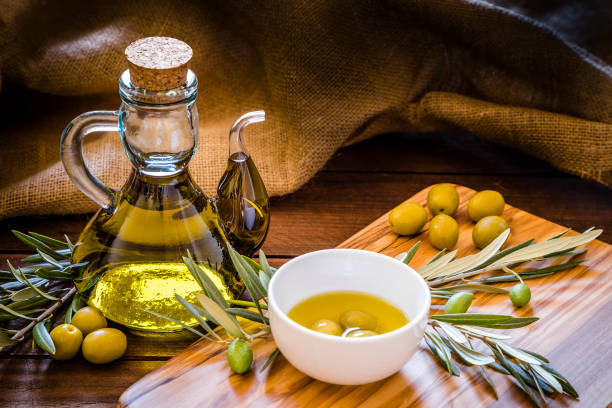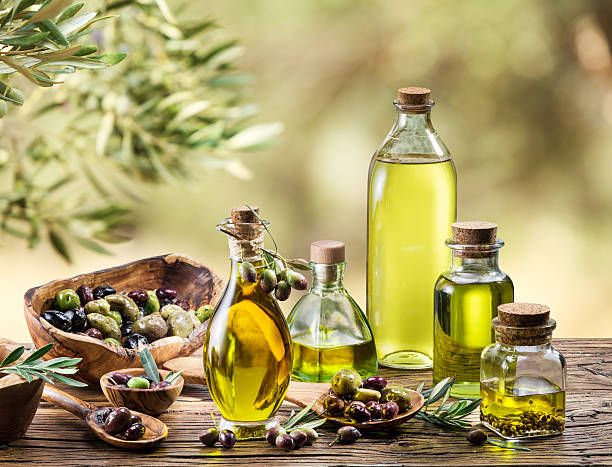Oko-Test tested 20 olive oils and the result is shocking. Mineral oil residues were found in every second oil. We have summarized all the important information and which oil you can confidently buy here for you.
Oko-Test tested 20 olive oils of the “extra virgin” quality class and came to a shocking conclusion: the testers found mineral oil in every second olive oil, the oils tasted rancid, did not correspond to their quality class, or contained plasticizers. Only two oils are recommended. Taste and smell were also tested.
Mineral oils in every second olive oil

The particularly questionable aromatic mineral oil hydrocarbons (MOAH) were found in half of the oils. They should not only be carcinogenic but also damage the genetic material. In addition, saturated hydrocarbons (MOSH/POSH) were discovered in every second oil, which accumulates in the human body and can damage our organs.
With these results, the question naturally arises as to how mineral oil residues get into the olive oil. During the olive harvest and during production, the fruits come into contact with MOAH, which is contained in the form of lubricating oil on harvesters or conveyor belts, among other things.
Which olive oil can you buy?
Only two olive oils came out as test winners with the rating “good” and met the criteria in terms of taste and smell to be called “extra virgin”. These are the following products:
- Rapunzel Crete Virgin Olive Oil for 9.99 euros per 500 milliliters
- Primoli I.G.P. Toscano Olio for 12.99 euros
More than half of the organic olive oils were rated “poor” and “unsatisfactory”. They tasted rancid, plasticizers, MOSH/POSH compounds, and MOAH residues were found.
At the moment there are only guidelines. Based on the test results, Öko-Test is now demanding limit values for mineral oils in food.
When is an olive oil “extra virgin”?
Normally, as a buyer, you trust the description of a product, especially when it comes to a branded product. So if you as a buyer buy oil that says “extra virgin”, you also expect that the oil is “extra virgin”.

But what does “extra native” actually mean? This is the highest level of quality. It is pressed cold and therefore particularly gently and must not have any off-taste. The typical taste of olive oil is fruity, slightly hot, and bitter. Of course, the chemical quality of the oil must also be right. Olive oil can only be called “extra virgin” when all of these criteria are met.
According to the test results of the recognized olive oil panel, four of the olive oils tested were not allowed to use this designation because they tasted rancid or pungent.
